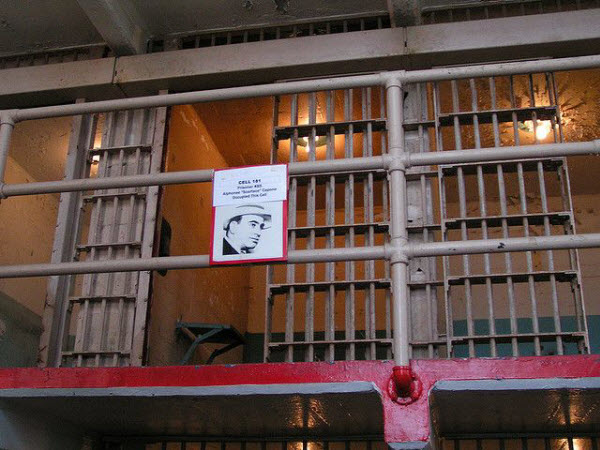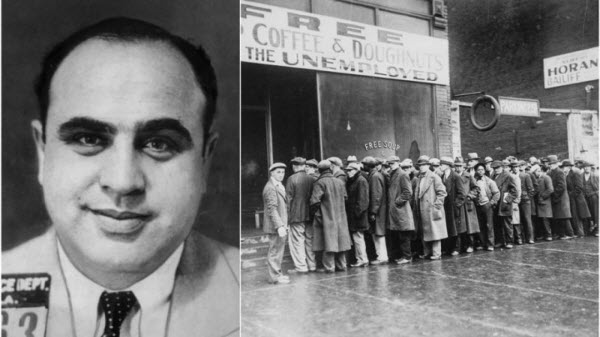When you hear the name Al Capone, your mind likely jumps to the infamous crime lord of the 20th century, known for his ruthless leadership of a criminal empire that engaged in countless illegal activities. However, there is another side to Capone that few know about—his involvement in numerous charitable deeds and contributions to society.
Alphonse “Al” Capone was born in 1899 in Brooklyn, New York, to Italian immigrant parents. His early life took a turn toward crime after he joined a street gang, following his expulsion from school for striking a teacher. This incident marked the loss of what could have been a brighter future had he continued his education. Instead, Capone rose to become the most notorious leader of organized crime in the United States. His criminal activities spanned a wide range of illegal operations, including prostitution, smuggling, theft, and murder. His gang’s involvement in the infamous Saint Valentine’s Day Massacre, which saw several members of a rival gang led by Bugs Moran killed, further cemented his reputation.

At the age of 33, after seven years as a gang leader, Capone was convicted of tax evasion and sentenced to 11 years in prison. He became one of the most prominent inmates at Alcatraz, the notorious maximum-security prison in San Francisco. Due to his deteriorating health and good behavior, authorities decided to transfer him to the low-security Federal Correctional Institution at Terminal Island near Los Angeles. He remained there until his release in 1939, after which he spent his final years in his mansion on Palm Island, Florida, where he passed away in 1947 due to a heart attack.
Despite his notorious reputation in the world of crime, many people are unaware of the charitable activities Capone engaged in during the Great Depression, a period of severe economic downturn in the 1930s that left many Americans hungry and unemployed. It was during this time that Capone saw himself as a community leader with a responsibility to help others. Some even claim that he did more for the people of Chicago than the government itself.
One of Capone’s most notable charitable endeavors was using his restaurant to provide over 120,000 free meals to the hungry. Operating around the clock, the restaurant served breakfast, lunch, and dinner to thousands of people daily, despite having only a small staff. In addition, Capone established a charitable foundation to support the poor, which stands out as a rare bright spot in his otherwise dark history. He was also known for sending expensive flowers to the funerals of rival gang members and for his generosity towards strangers, especially fellow Italian immigrants. This led many to view him not as a villain but as a kind of “Robin Hood.” Moreover, the illegal fortune he amassed through alcohol smuggling, during the Prohibition era when the sale of alcohol was banned, was often seen as a daring act.
After his death, Capone’s legacy remains controversial, with some viewing him as a criminal and others as a benefactor. To this day, visitors from all over the world come to Chicago to tour Al Capone’s former home and visit his grave.
